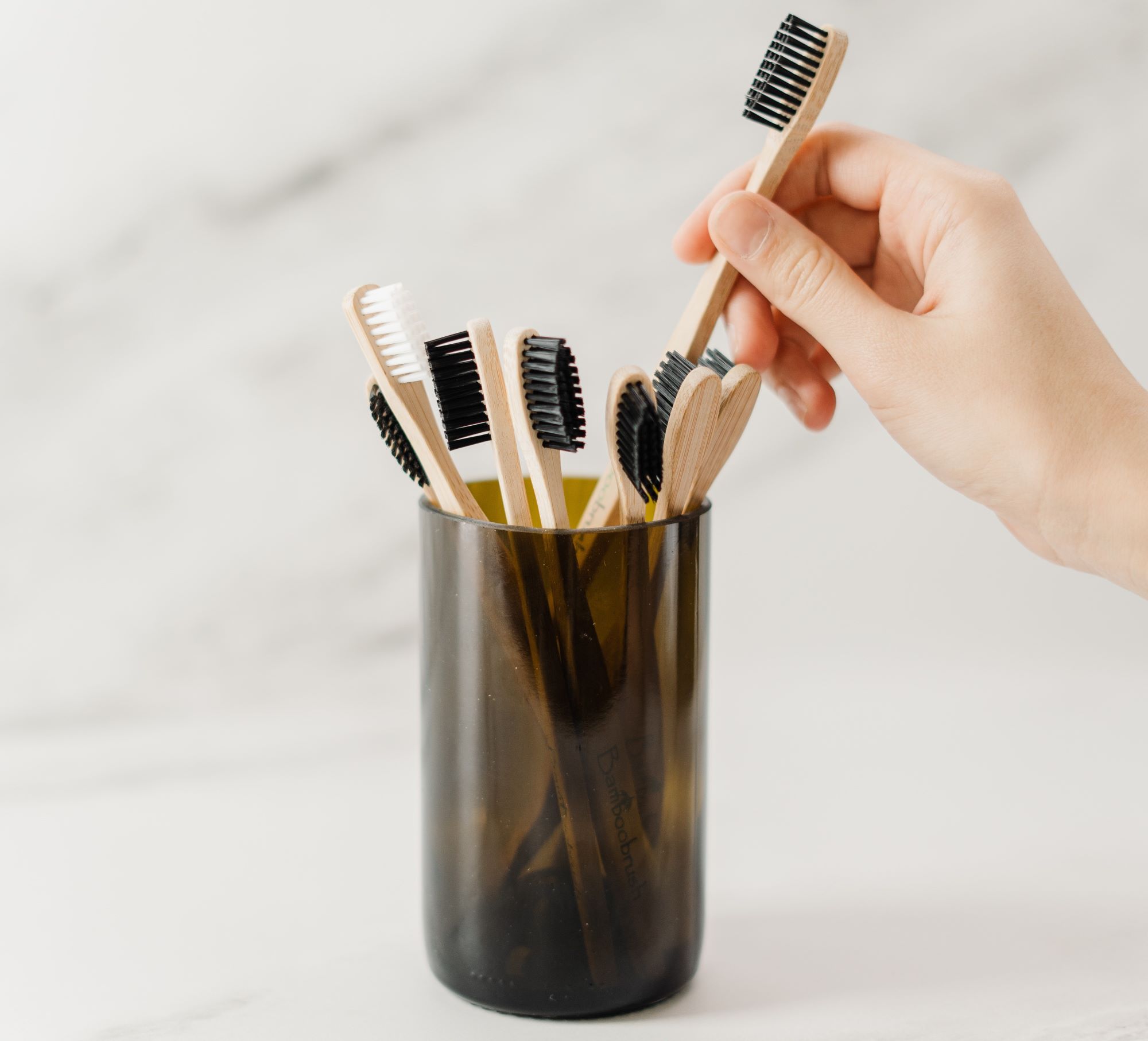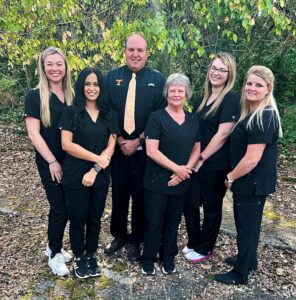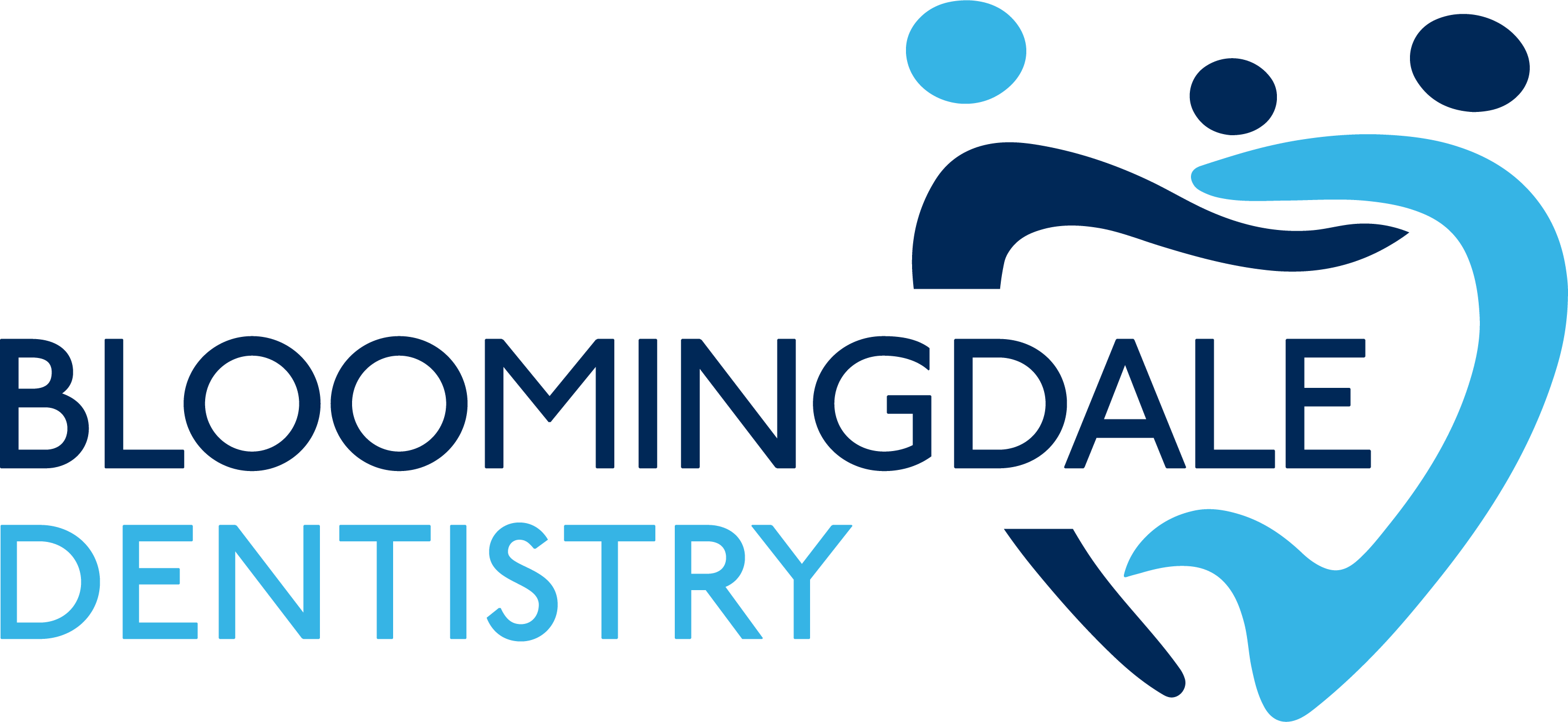
21 Feb How to Choose a Toothbrush
You know you need to change out your toothbrush every three months. Your dentist has told you that if you don’t, your toothbrush won’t be as effective. It could even contribute to bacteria living in your mouth. This is clearly important.
But when it comes to choosing the best toothbrush to replace the old one, what do you do?
The right toothbrush is not a one-size-fits-all situation. Today, we’ll examine how to select a toothbrush based on your specific needs to ensure that you get the best dental care you can.
Electric or Manual?
The first all-important consideration: electric toothbrushes or manual?
As you might imagine, the answer depends on your specific situation. There are unique benefits to both kinds of brushes. Both are reportedly approved by the ADA.
Manual toothbrushes are widely used. You may choose a manual toothbrush due to their portability, the fact that they don’t require batteries to operate, or simply the fact that they were the least expensive thing you saw on the shelf at your local grocery or pharmacy. These are all perfectly good reasons to choose a manual toothbrush.
However, there are studies that claim electric toothbrushes to be more effective in decreasing plaque and gingivitis. This may compel you to switch to an electric brush. Some recommend that you also consider an electric toothbrush if you:
- Have a tendency to brush too hard
- Have limited mobility for any reason (for instance, due to arthritis or a developmental disability)
- Have an orthodontic appliance such as braces
Furthermore, you may want to consider an electric toothbrush for your kids. They’re still learning to get the technique of brushing down. An electric toothbrush can help with that, not to mention make the process more fun!
Bristles
As Colgate reports, “Most dental professionals agree that a soft-bristled toothbrush is best for teeth, especially for removing plaque and debris.” Maybe you’ve never given much thought to the texture of the bristles of your toothbrush, but turns out, it makes a difference! Bristles that are too rough can damage your gums and enamel instead of helping them. Look out for a toothbrush with bristles that are gentle, not medium or stiff, unless your dentist recommends otherwise.
Size
Like Goldilocks, you need a toothbrush that fits you just right. As WebMD explains, “The best toothbrush head for you should allow you easy access to all surfaces of your teeth. For most adults, a toothbrush head a half-inch wide and one-inch tall will be the easiest to use and the most effective.” If you select one larger, you will likely find it difficult to manage. Your toothbrush should be big enough for your mouth, yet also small enough to nimbly maneuver the hard-to-reach places.
Handle
Overwhelmed by options yet? Yes, even the handle comes with its own set of choices built in. Some handles contain extra grips. Some are curved, allowing you to reach every tooth more easily. Others are wider than average or abnormally shaped to benefit those who may struggle to grip traditional toothbrushes.
When it comes to toothbrush handles, your personal preference can guide you. If you find a larger handle would be helpful, go for it. If you appreciate the cleaning boost that a curved handle provides, go for it. Or, if you have no problem with the classic straight handle, that’s perfectly fine, too.
ADA Acceptance
The American Dental Association, commonly known as the ADA, gives its stamp of approval to those toothbrushes most worthy of your approval. This gold star is called the ADA Seal of Acceptance. As the association explains, “Either manual or powered toothbrushes can be used effectively. A product earns the ADA Seal of Acceptance by providing scientific evidence that demonstrates safety and efficacy, which the ADA Council on Scientific Affairs carefully evaluates according to objective requirements.” (ADA)
When purchasing a toothbrush, look for the ones that come with the seal of approval! These will be your best bet for maintaining a healthy mouth. If you visit the ADA’s website and search in the Resources section, you’ll find a catalog of accepted products, including both manual and powered toothbrushes. Use this list to your advantage.
So Many Choices
It may seem like when it comes to selecting the best toothbrush, there are more options than you could ever sort through! Every brand claims that they are best for your mouth. But purchasing your next toothbrush doesn’t have to be overwhelming, and you don’t have to throw the first thing you see into the cart, either. With a little thought and care, you can select the best toothbrush for your specific oral hygiene needs.
As you search, be sure to look for a toothbrush that is ADA-approved, well-fitted to your mouth size, and unless otherwise noted, has soft bristles that won’t damage your gums. Ask your dentist or hygienist if you would like a recommendation tailored to your individual needs.

About Our Team
Our team at Bloomingdale Dentistry has over 40 years of experience in the field of dentistry. We have a reputation of excellence in patient treatment and care.
To learn more about our team, visit our team page.
